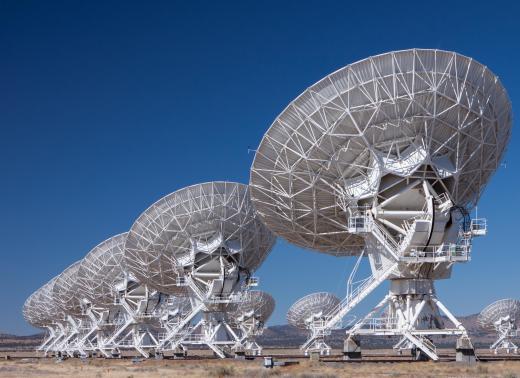What is the Cosmic Microwave Background?
 Michael Anissimov
Michael Anissimov
The cosmic microwave background, usually abbreviated CMB, is a form of electromagnetic radiation that permeates the entire universe. It has a temperature of 2.725K and is in the microwave portion of the spectrum (hence its name), peaking in intensity at a wavelength of 1.9 mm. The cosmic microwave background is sometimes called "the echo of the Big Bang" and is the best current evidence that the universe we live in began as a gigantic explosion from a point source.
The cosmic microwave background is isotropic to 1 part in 100,000, meaning that it varies in intensity only very slightly and is for the most part homogeneous. This helps indicate that it originates from something which affected the entire universe rather than just some subset of the universe. The cosmic microwave background spectrum has the distinction of being the most precisely measured black body spectrum in nature.

The cosmic microwave background radiation are photons left over from the extremely energetic time period in the universe for the first few million years after the Big Bang. In those times, the entire universe was opaque and made of plasma, like a giant star thousands or millions of light years across. Eventually, the plasma cooled into neutral atoms, at which point photons decoupled from matter and started moving freely through space. The photons have been cooling ever since, and continue to cool from their present temperature of about 2.7K.
The cosmic microwave background was originally predicted to exist in 1948 by George Gamow and Ralph Alpher, but it was not observed until 1956. The microwave background we observe comes from a spherical surface called the surface of last scattering, which refers to the point in the universe's past when photons stopped being scattered by charged matter and started to move freely.
AS FEATURED ON:
AS FEATURED ON:











Discuss this Article
Post your comments